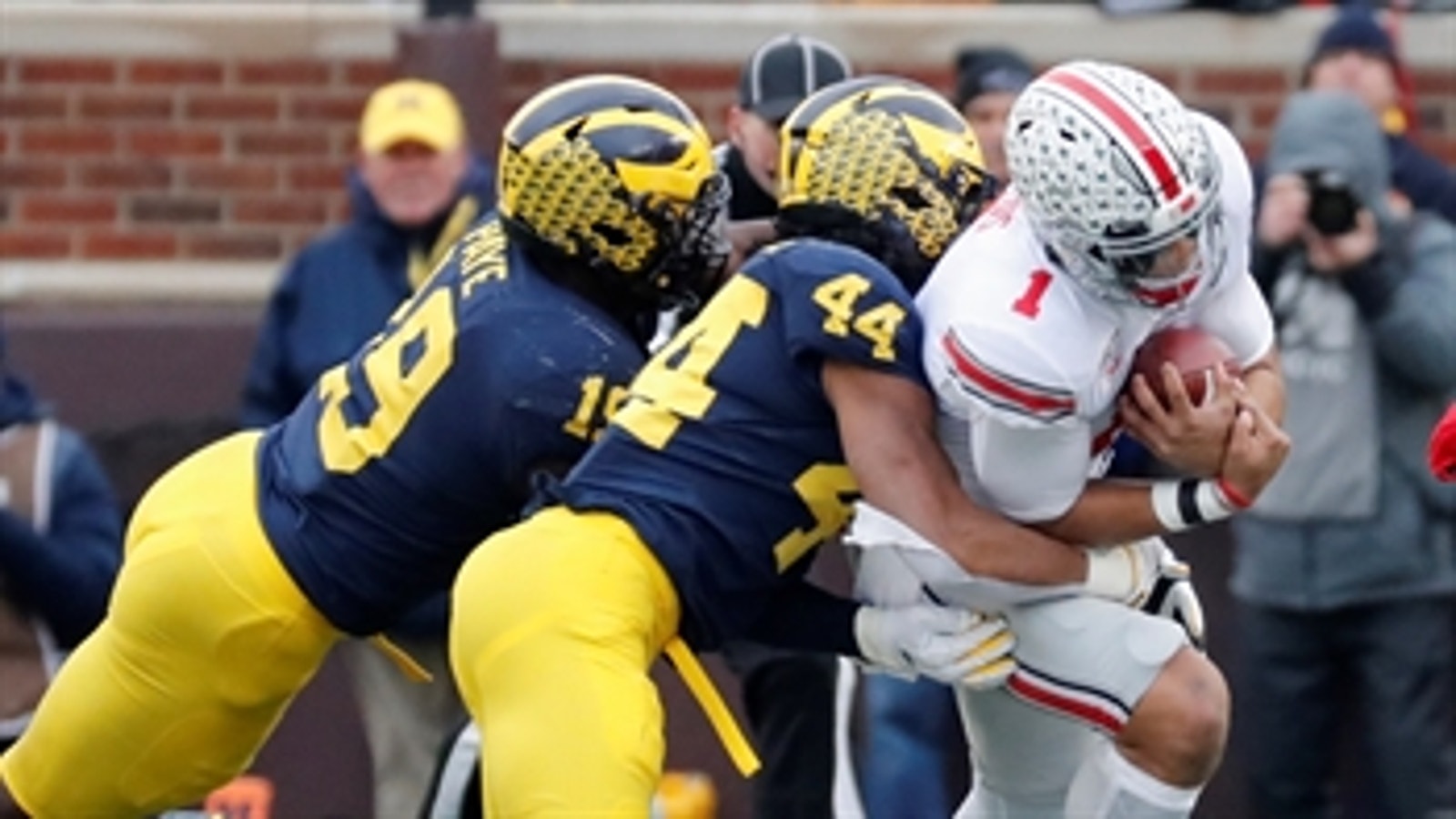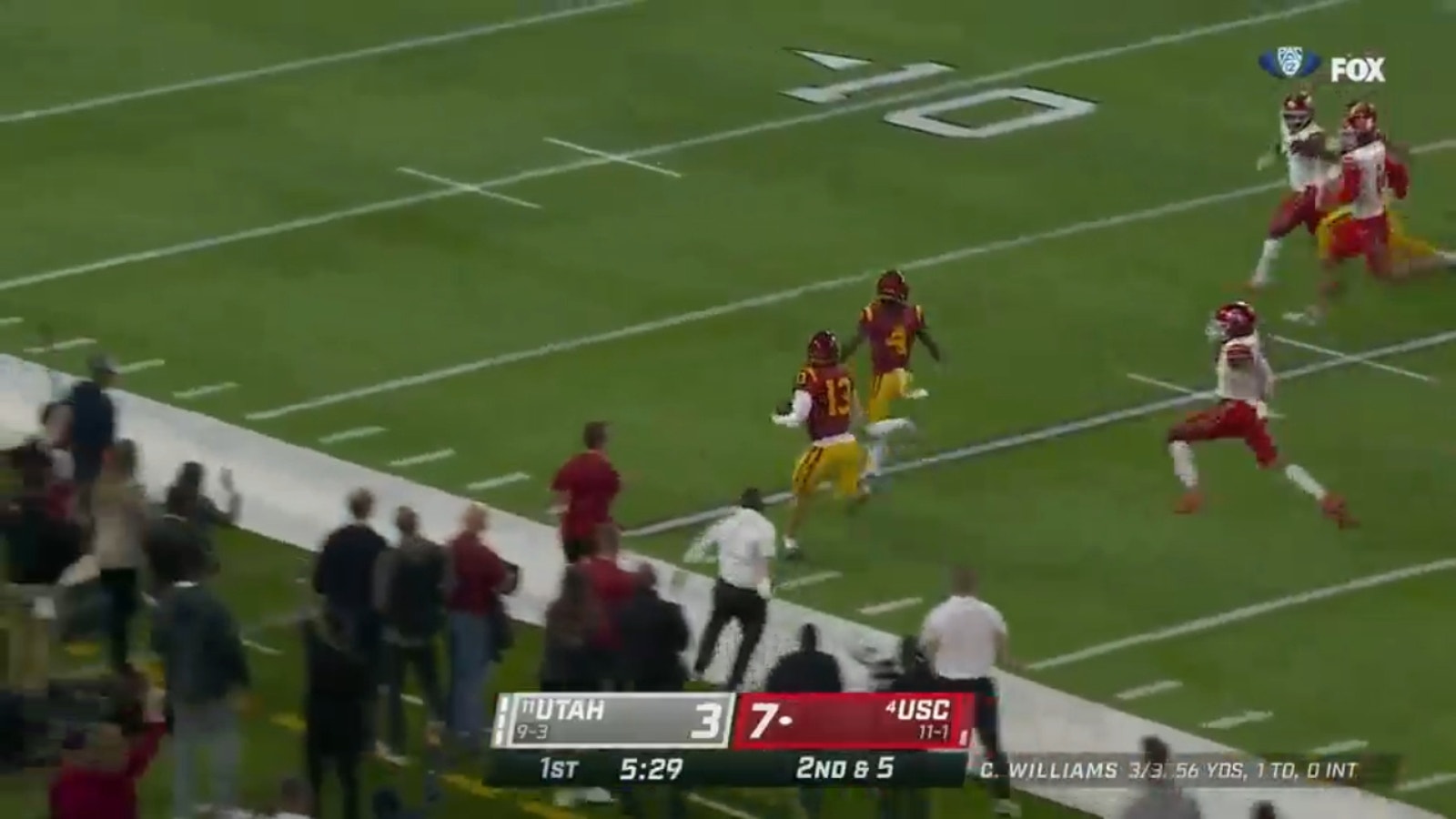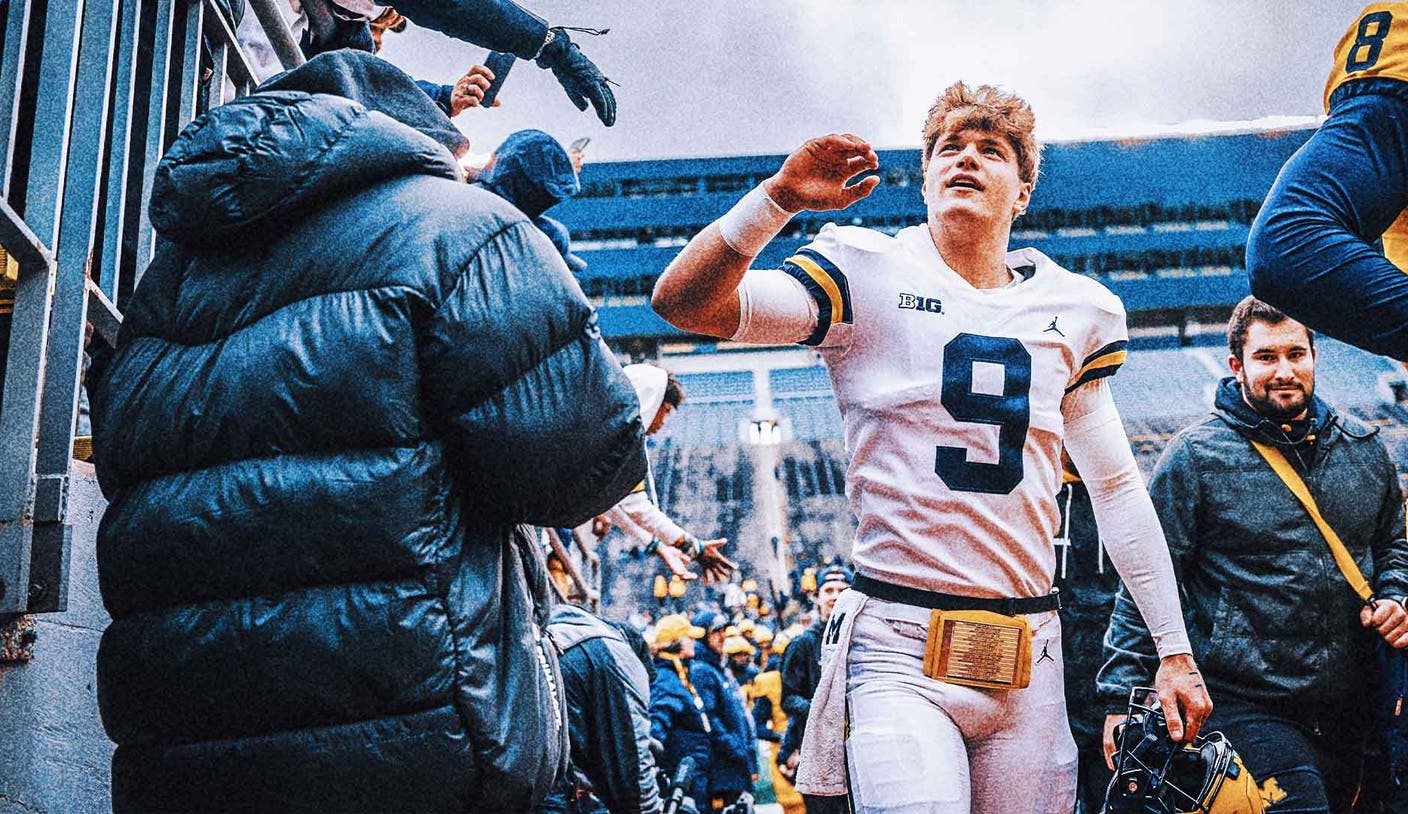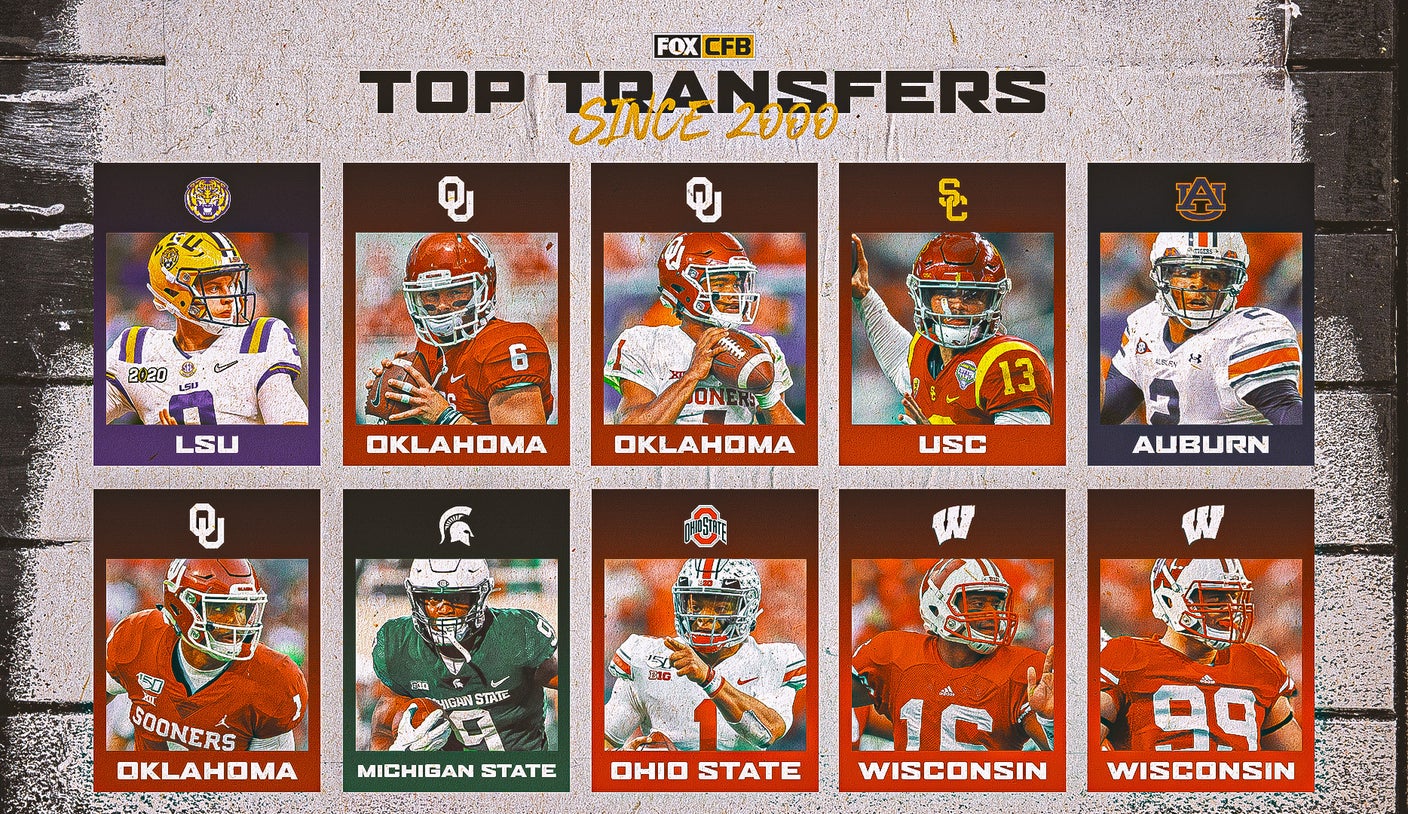
The NCAA transfer portal officially launched back in October 2018, but to say the influx of transfers throughout college football is a “new-age problem” wouldn’t be entirely accurate.
UCLA football coach Chip Kelly reminded FOX Sports college football analyst Joel Klatt of this in a recent one-on-one interview as a part of his summer podcast series, “The Joel Klatt Show: Big Noon Conversations.”
UCLA’s Chip Kelly on ‘good problems’ within college football
UCLA coach Chip Kelly discussed how having the focus of college football on the players is when the game is best represented.
When the two began discussing current issues surrounding the transfer portal, Kelly provided a history lesson that dated all the way back to 1986, when former Michigan coach Fielding H. Yost played for West Virginia against Lafayette, and then stayed and played for Lafayette against Penn, before ultimately transferring back to West Virginia.
“The transfer portal started a long, long time ago,” Kelly said. “It’s at the forefront now.”
According to FOX Sports research, more than 2,200 Division I football players entered the transfer portal this past winter, and another 1,300-plus entered this spring. It’s an unprecedented number, and while there are plenty of athletes who struggle to find their next stop once entering the portal, there are also plenty of success stories.
The reigning Heisman Trophy winner, Caleb Williams, played his freshman season at Oklahoma and then made the choice to transfer to USC, joining his former head coach, Lincoln Riley. Just three years before that, LSU QB Joe Burrow put together one of the greatest individual seasons in college football history. He also made the choice to leave his original school after beginning his career at Ohio State.
But which transfers went on to have the most success at the school they transferred to?
In order to answer that question, it is important to take a number of key factors into consideration, including program success and individual performance.
Here is a look at the top transfers in college football since 2000, counting down from 10-to-1.
Watt was a two-star prospect coming out of high school and signed with Central Michigan as a tight end. He appeared in 14 games, recording eight catches for 77 yards during his freshman season before making the decision to walk-on at the University of Wisconsin. After sitting out the 2008 campaign, Watt made the move to defensive end and made an immediate impact in his first season for the Badgers, recording 44 tackles and 4.5 sacks. However, it was his junior season where Watt really began to take off. He put together a dominant 2010 campaign, totaling 62 tackles, seven sacks and an interception en route to being named an All-American. The former Badger standout was honored with the Ronnie Lott Trophy that season, which is given annually to college football’s defensive impact player of the year.
When NC State decided to let Wilson out of his scholarship when he opted to go to spring training with the Colorado Rockies, Wisconsin pounced on the opportunity. Wilson went on to lead Wisconsin to six straight wins to start the 2011 season, totaling 16 total touchdowns during that stretch. The Badgers lost their next two games, ending their national title hopes, but Wilson rebounded. He led Wisconsin to five straight wins to close out the season, including the Big Ten Championship Game, where he threw for three touchdowns. Wilson wasn’t able to beat Oregon in the Rose Bowl, but he threw for three touchdowns in that game. The former Badger finished the 2011 campaign with 3,175 yards, 33 passing touchdowns and only four interceptions to go along with 338 rushing yards and six rushing touchdowns.
Fields was a five-star recruit and one of the top prospects in the nation coming out of high school. He signed with Georgia and spent the 2018 season as the backup to starting signal-caller Jake Fromm. After one year in Athens, Fields decided to transfer to Ohio State and sought a waiver to be able to play immediately and not have to sit out a year. He was granted immediate eligibility for the 2019 season and went on to put together an impressive first year in Columbus, guiding the Buckeyes to a Big Ten title and a spot in the CFP. Fields was named the Big Ten Offensive Player of the Year and a second-team All-American that season, while finishing third in the running for the Heisman Trophy. He followed that season up with another impressive campaign in 2020, leading OSU to an undefeated regular season and another spot in the playoffs. Fields finished his two-year career at Oho State with more than 6,200 yards and 78 touchdowns while leading the Buckeyes to a perfect 19-0 record in Big Ten play and a 20-2 overall mark.
Justin Fields returns from injury to throw a 30-yard strike
Justin Fields returns from an injury to throw a 30-yard touchdown to Garrett Wilson.
7. Kenneth Walker, Michigan State
After playing two seasons at Wake Forest, Walker made the decision to transfer to Michigan State ahead of the 2021 campaign. It ended up being the right decision as Walker put together one of the most dominant seasons for a running back in recent memory. The former Spartan standout made an immediate impact in his first game wearing the Green and White, rushing for an eye-popping 264 yards and four touchdowns in a 38-21 victory over Northwestern. Walker finished the 2021 campaign with 1,636 rushing yards and 18 rushing touchdowns en route to being named the Doak Walker and Walter Camp Player of the Year. He was a unanimous first-team All-American selection after putting together one of the greatest rushing seasons in Big Ten history.
6. Jalen Hurts, Oklahoma
Hurts was a two-year starter at Alabama where he had great success, being named the SEC Freshman and Offensive Player of the Year in 2016. He followed that up with an exceptional 2017 campaign, but he was replaced by Tua Tagovailoa in the College Football Playoff National Championship. Hurts backed up Tagovailoa in 2018 and then made the decision to transfer to Oklahoma in 2019. Under Riley’s guidance, Hurts took his game to another level, throwing for 3,851 yards and 32 touchdowns, while adding another 1,298 yards and 20 touchdowns on the ground. He helped lead the Sooners to a Big 12 Championship and a spot in the CFP, where they fell to eventual national champion LSU in the Peach Bowl. Hurts finished second in the Heisman Trophy voting that season behind Joe Burrow.
5. Cam Newton, Auburn
After beginning his career at Florida and then spending a year at junior college, Newton opted to head back to the SEC and play for Auburn in 2010. That decision helped produce one of the single-best seasons in the history of the sport. Newton totaled five touchdowns in Auburn’s season opener, and then three weeks later, he scored five touchdowns again in Auburn’s second SEC game of the season, an upset of No. 12 South Carolina. He rushed for 217 yards to help Auburn beat No. 5 LSU in the middle of the season. Newton’s Heisman moment came against Alabama when he scored four touchdowns to help complete a 24-0 comeback and keep Auburn’s perfect season alive. A week after his six-touchdown performance in the SEC Championship Game, Newton won the Heisman Trophy in a landslide win. A month later, Newton threw for two touchdowns in Auburn’s dramatic National Championship Game win over Kelly’s Oregon squad, capping off his historic season that helped him get selected No. 1 overall in the NFL Draft that spring.
4. Caleb Williams, USC
The USC star is the only active player to make the top 10, but for good reason. He opted to follow Riley to Southern California after his strong freshman season at Oklahoma, where he totaled 27 total touchdowns while only playing in eight games. Williams lived up to the hype and then some in 2022. He led USC to six straight wins to open the season, totaling 17 total touchdowns in that stretch. The Trojans’ only hiccup in the regular season came against Utah, but Williams threw for 381 yards and five touchdowns in that loss. Williams continued his dominance through the rest of the regular season as USC didn’t lose again until the Pac-12 Championship Game, where the Trojans fell to the Utes once again. Williams battled through injury in that game and still impressed, throwing for 363 yards and three touchdowns while having one of the highlights of the season on a 59-yard run. USC lost again in the Cotton Bowl, falling to Tulane, but Williams threw for five touchdowns in that game. He finished the 2022 season with 4,537 passing yards, 382 rushing yards and 52 touchdowns, winning the Heisman Trophy and helping the Trojans climb back to contender status. Williams has also established himself as the favorite to be the No. 1 pick in the 2024 NFL Draft.
USC’s Caleb Williams escapes pressure and breaks off a 59-yard run
Caleb Williams runs wild for a 59-yard gain as the USC Trojans take an early lead over the Utah Utes.
3. Kyler Murray, Oklahoma
Murray was a dominant two-sport athlete and committed to Texas A&M out of high school to play college football and baseball. After one year with the Aggies, he made the decision to transfer to Oklahoma and play under Riley. After backing up Heisman Trophy winner Baker Mayfield in 2017, Murray won the starting job ahead of the 2018 season and went on to put together one of the single greatest seasons in Oklahoma football history. The former Sooner threw for 4,361 yards and 42 touchdowns, while adding 1,001 yards and 12 more touchdowns on the ground. He helped guide the Sooners to a Big 12 title and a spot in the CFP, where they fell to Alabama. Following his incredible 2018 season, Murray was named the winner of the Davey O’Brien Award, the Manning Award and the Heisman Trophy.
Mayfield began as a walk-on at Texas Tech before putting together one the greatest college careers in the 21st century after transferring to Oklahoma. Due to the transfer rules, Mayfield sat out the 2014 season but flourished once he saw the field in 2015. He put up dominant stats for the majority of the season, throwing for 3,700 yards and scoring 43 total touchdowns to help Oklahoma go 11-1 and reach the College Football Playoff, where the Sooners lost to Clemson. Mayfield was even better in 2016 as he threw for 3,965 yards and totaled 46 total touchdowns, helping the Sooners go 11-2. Mayfield’s final season was one for the ages. He threw for 4,635 yards and totaled 48 total touchdowns, helping him win the Heisman in one of the biggest landslides in the award’s history. Oklahoma rode its Heisman quarterback to the College Football Playoff, going 12-1 before losing to Georgia in a thriller at the Rose Bowl.
1. Joe Burrow, LSU
After beginning his career at Ohio State, Burrow transferred to LSU ahead of the 2018 season and was named the starting QB for the Tigers as a redshirt junior. He put together a solid season in his first year under center in Baton Rouge, but it was the following year that Burrow put together one of, if not the greatest season in the sport’s history. Burrow finished the 2019 campaign with 5,671 passing yards and 60 passing touchdowns, which broke the single-season FBS record. In addition to his jaw-dropping stats, Burrow led the Tigers to a perfect 15-0 record and a national championship. The former LSU standout was awarded the 2019 Heisman Trophy, receiving the highest-ever share of available points and owning the largest margin of victory in the history of the award. Burrow’s memorable 2019 campaign is considered by many to be the greatest single season ever by a college quarterback.
COLLEGE FOOTBALL trending
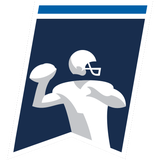
Get more from College Football Follow your favorites to get information about games, news and more

